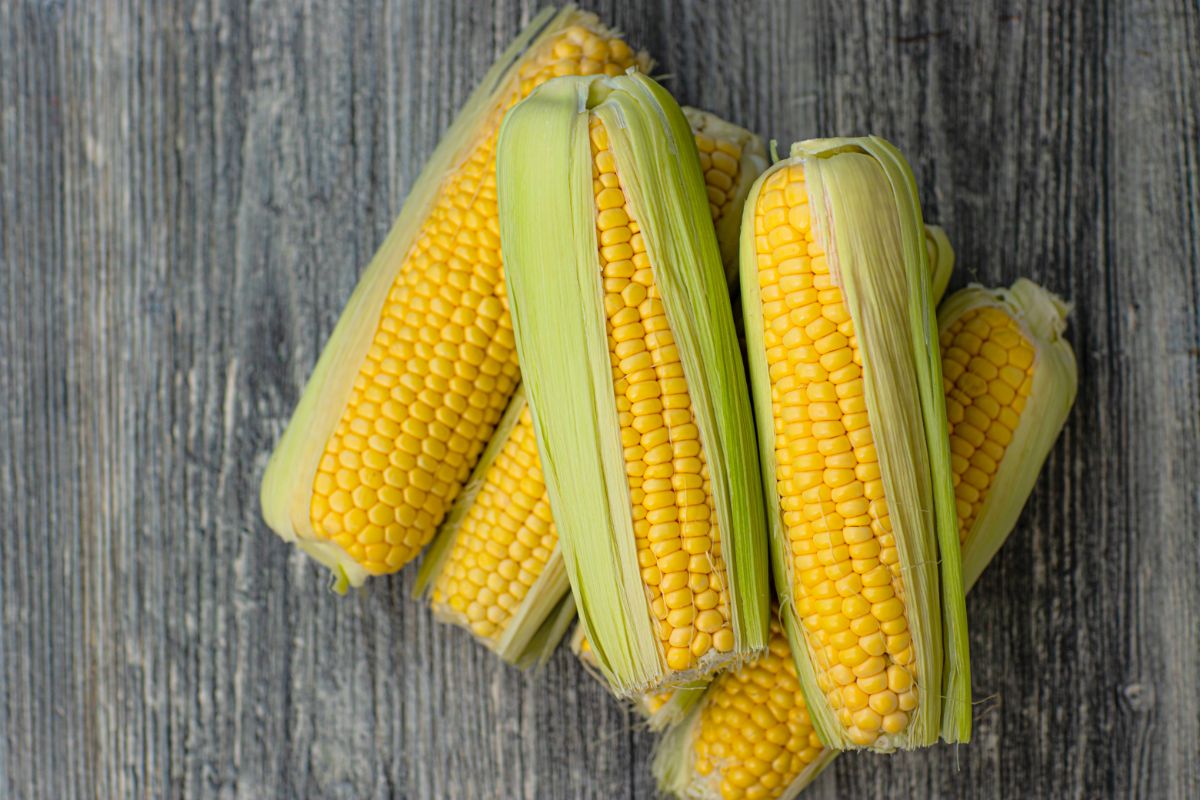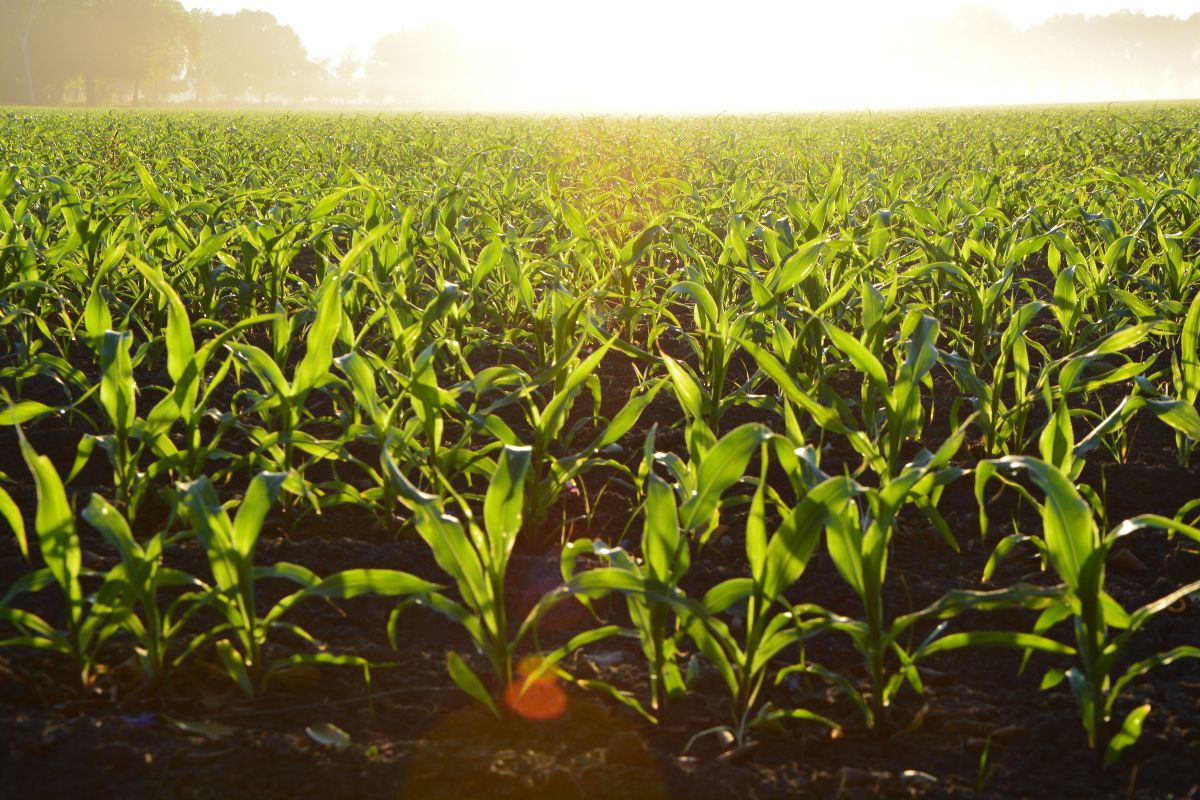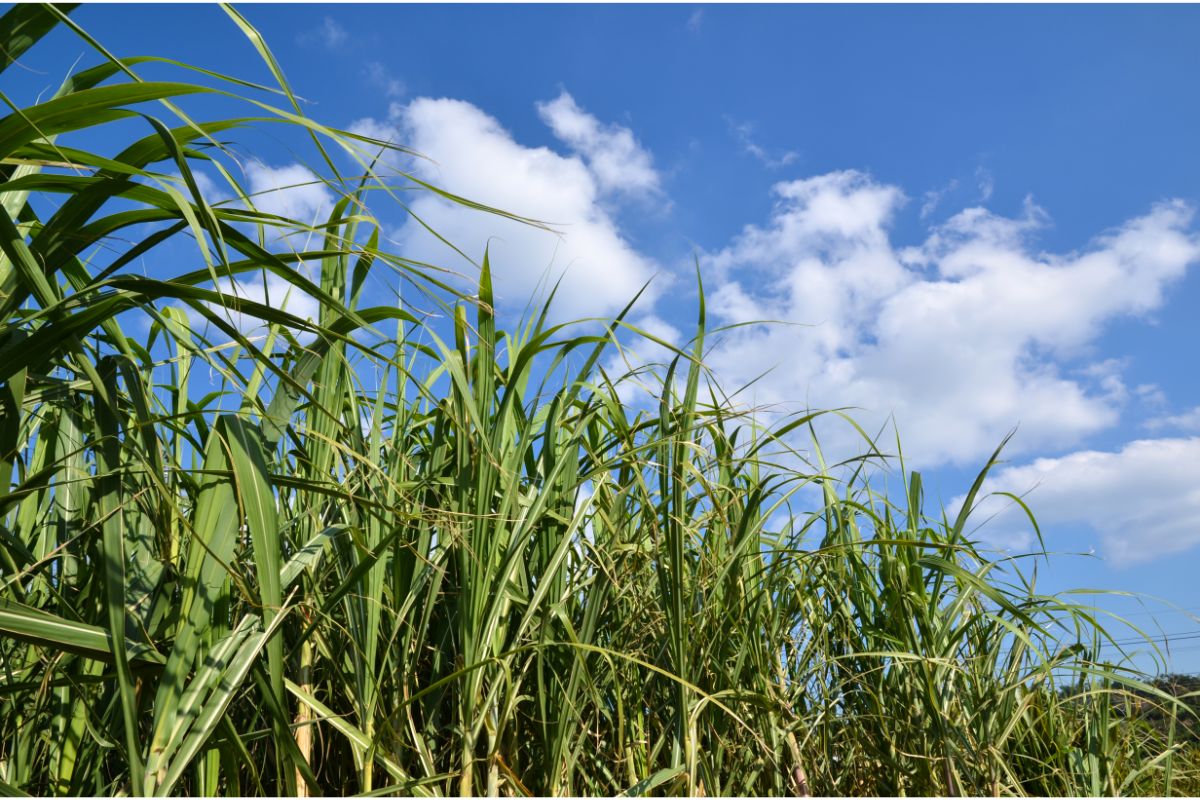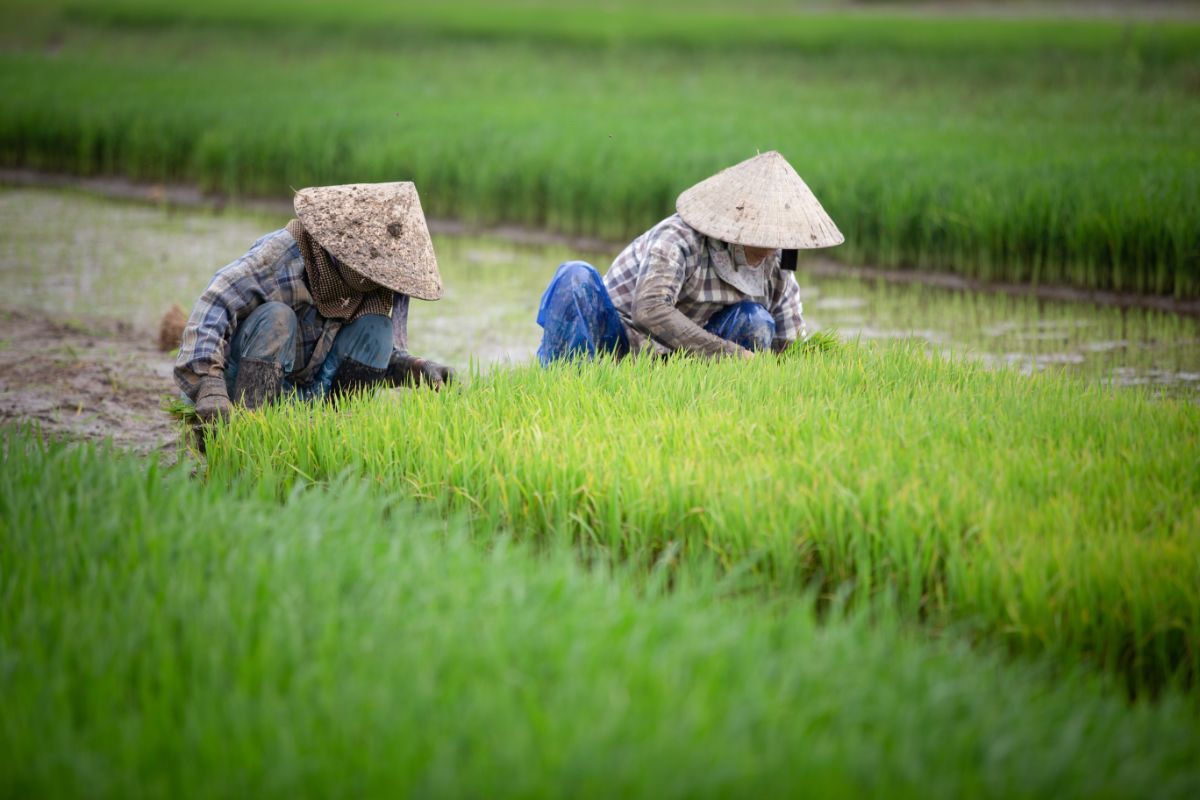Corn on the cob (or just sweetcorn in general!) is an essential part of every salad, barbecue, and salsa!
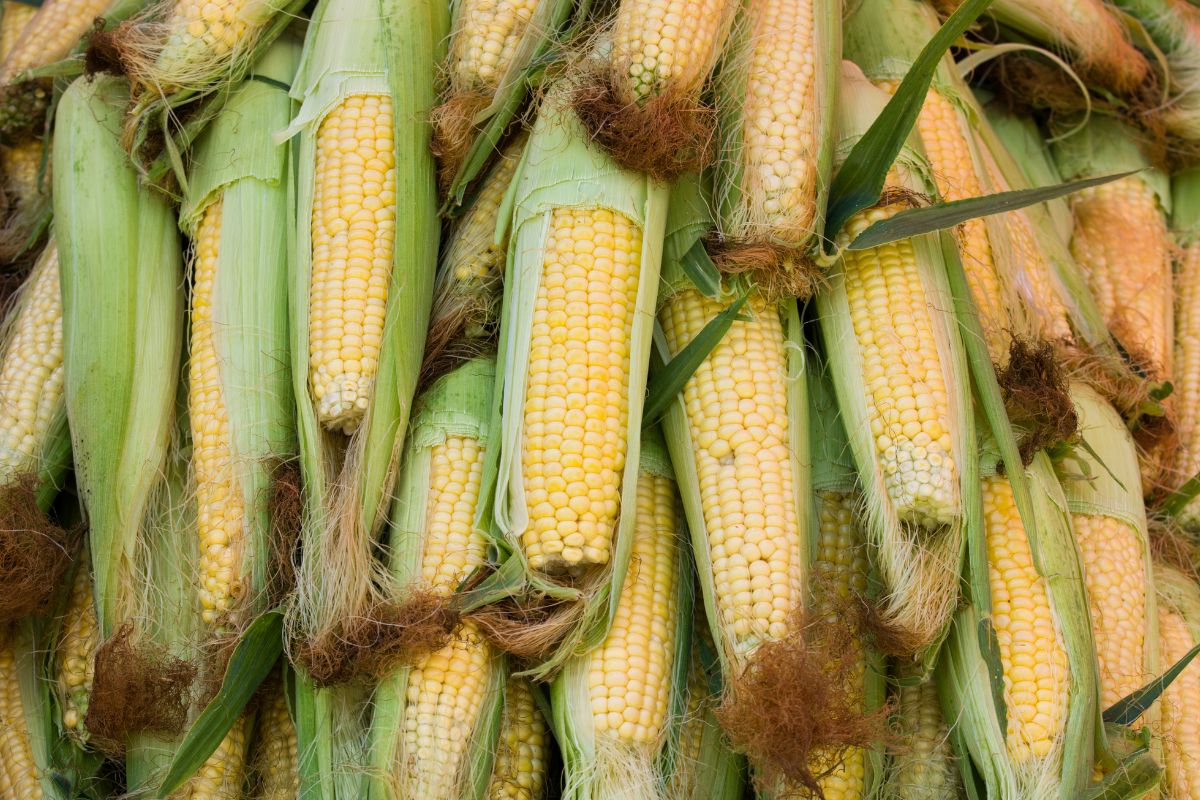
Whether you like to slather it with butter while it is fresh off the barbecue grill, or have it as it comes in a salad, it is a grain enjoyed by many!
However, not many people actually know where their corn comes from, how it is produced, or any other facts about it before it is put on their plate.
This is where we come in. In this article, we will discuss some of the important facts about corn!
We will cover how many ears of corn per corn stalk, what an ear of corn actually is, how population density affects corn ears, and more!
What Is An Ear Corn?
If you’re reading this article and are unfamiliar with corn terminology, then we are here to help!
Let’s take a look at some of the more common examples of corn lingo:
- Corn: Corn is a cereal crop also known as maize.
- Corn Cob: The cob of corn is its center, where the kernels will grow.
- Kernels: Corn kernels are what we eat! They are the seeds of corn
- Corn Husk: A corn husk is the leaves that are wrapped around the cob.
- Corn Silk: Cornsilk, also called the beard of corn, is the fine strands that you find on the top of the corn ear
- Corn Ear: This is what we harvest when the corn is mature enough. The corn ear consists of the corn silk, husk, kernels, and cob.
How Many Ears Of Corn Per Stalk?
Most types of corn will produce 1-2 ears of corn per stalk.
Generally, cultivars are different in terms of what they offer and their focus, but they all follow a general rule that the first ear is more robust and better in quality as opposed to the second.
It is because of this that many farmers will choose a variety of corn that is specifically designed for high-density planting (HDP).
HDP is a type of planting method, where you would plant more plants, (corn, in this case) than the optimum amount in order to achieve a higher yield of plants of higher quality.
The results are one large, excellent-quality ear of corn per stalk.
These ears do not need to grow to a large size as they will be harvested early, and so quantity is the aim for these farmers.
However, there are other types of corn that will produce a lot more ears.
Some, such as baby corn, have been known to yield around 6-10 per stalk!
Baby corn is harvested from what we think of as typical corn plants when its ears are still immature.
Producers of baby corn will use hybrids that will allow a large yield of corn ears.
Why Does Corn Only Produce A Small Number Of Ears Per Stalk?
The main reason for a small number of corn ears per stalk comes down to the issue of population density.
This is a huge factor that will affect the number of corn ears produced per stalk.
Over the past few decades, farmers have been able to plant corn plants within close proximity to one another.
While this is great because it allows for an overall increase in the production and harvesting of corn, it also means that light cannot get all the way to where it needs to be, which results in less branching.
Less branching means fewer ears per stalk because the plant will concentrate on using its energy to create one top-quality corn ear, as opposed to using up limited nutrients and water to create many corn ears.
The purpose of a corn plant is to reproduce.
Because it wants to give its seeds a fighting chance of survival, it will produce one corn ear that contains 600-800 seeds, as opposed to more ears with fewer seeds.
Will Corn Stalks Produce After The Initial Harvest?
Unfortunately, no. Some plants, like tomatoes and peppers, will yield throughout the summer season. But corn stalks will only ever produce one crop.
This is because the plant has already reached maturity at this point, and so it cannot continue to produce any new growth.
So, one corn stalk will generally only produce 1-2 corn ears in its lifetime.
However, the corn stalk is still used after the initial harvest! Typically, it will be recycled by being plowed back into fields.
This is a wonderful way to use corn stalks. By doing this, the soil is given organic matter that benefits it greatly!
Using corn stalks in this way also acts as protection for crops during hard cold weather, particularly during winter.
This will help to prevent soil erosion, and even reduce the risk of frost damage.
Corn stalks will also be collected to be used as bales for both feeding and bedding, which helps animals on the farm!
Baling helps to keep animals warm during cold temperatures, provides them with a comfortable place to sleep, and helps with their overall survival.
Final Thoughts
Ears of corn are an important part of this cereal crop! The main purpose of the plant is to produce corn ears, that we later harvest.
They will do this once in their lifetime before being recycled, so the corn ears have to be of the utmost quality.
Most corn stalks will produce around 1-2 corn ears in their lifetime, and one of those corn ears can contain around 600-800 seeds.
The reason that corn stalks produce such a low number of corn ears is thanks to population density.
The more plants that grow within close proximity to one another, the less light can get to where it needs to go, which results in less branching.
This means the corn crop focuses on producing one corn ear of quality, rather than many of less quality.
We hope this article helped you to understand how many ears of corn there are per stalk, and why!
- Pull Sprouts: 1 Potato Peel, 200 Plants - July 7, 2022
- Creeping Thyme: Flowering Herb And Ground Cover - July 7, 2022
- East meets Midwest in the garden of Linda Brazill and Mark Golbach, Part 1 - July 7, 2022



